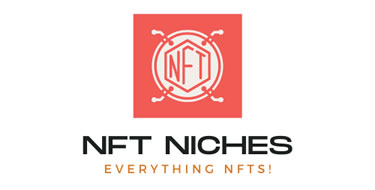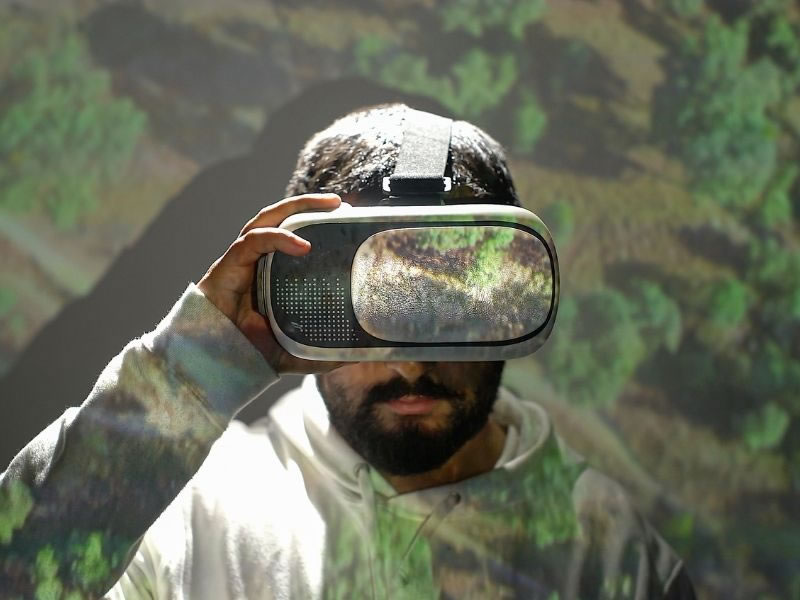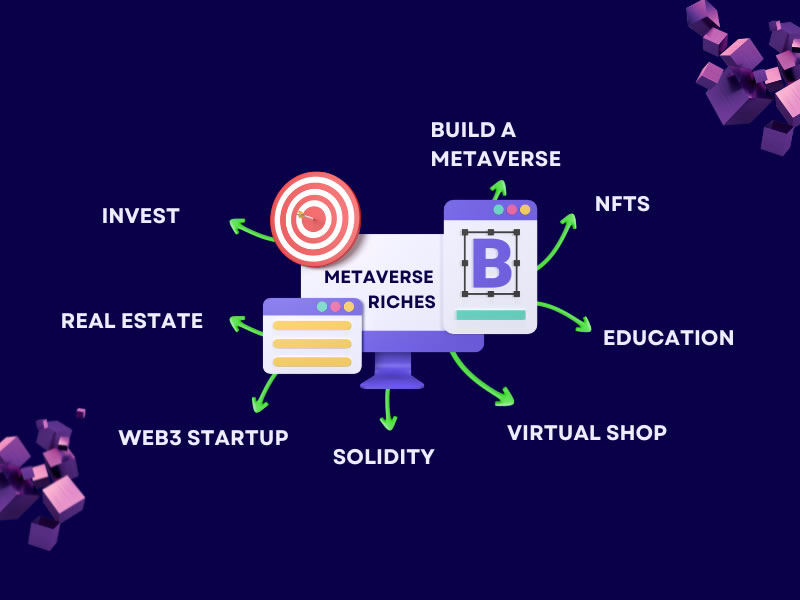With many Web3 buzzwords at the moment, it can be confusing to anyone new to understand the differences between them. Buzzwords such as the Metaverse and an NFT.
I have seen recent questions from newbies asking with the metaverse is an NFT, or vice versa.
It is not.
An NFT can be used in the Metaverse, but they are very different things.
The Metaverse as an online virtual world in which users can explore, socialize, shop, attend concerts and play games. An NFT is a non-fungible token, also known as a digital asset, that can be purchased and potentially used as an avatar, game character or piece of land within the Metaverse.
Even Facebook recently changed its name to Meta as a clear indication the business is going all-in on the Metaverse, believing it to be the next big thing in the online space.
Meta are also looking in to opportunities for Instagram users to sell their digital art as NFTs which can be purchased direct from Instagram, and potentially used in the Metaverse.
This may sound science fiction and all very confusing but, in this article, we will look at the Metaverse in detail, as well as NFTs and the clear differences between the two.
What is the Metaverse
The Metaverse is an online virtual world accessible through virtual reality glasses such as Oculus.
They allow the user to immerse themselves into an online playground where everything is possible.
The Metaverse sits within the blockchain and takes a step beyond Web2, which is currently controlled by the large companies online such as Google, Amazon, Meta and Microsoft.
This means the content added and the worlds created sit within a decentralized blockchain with no central user or control.
They are not added to platforms such as Facebook, Instagram, Google, Twitter and remain the property of those platforms – they exist with no corporate ownership.
Put on a pair of virtual reality glasses and you can immerse yourself into virtual worlds being created by Decentraland, Sandbox and others.
Your virtual character or avatar can engage with other characters online, explore your world, join in online games, attend virtual events such as gigs and concerts, enjoy virtual experiences, shop online and lots more.
Here is a good visual example of the Metaverse in action:
The Metaverse is considered by many expects, including Mark Zuckerberg who has gone all-in on the Metaverse and has even changed the name of his company from Facebook to Meta as a clear indication of the company’s long-term vision and goal, to be the next stage in the evolution of the internet.
As a caveat other incredibly successful entrepreneurs such as Elon Musk are less than impressed with the Metaverse and consider it to be a trend that will fizzle out faster than Google Glasses.
Will users want to live their lives through virtual headsets and cartoon digital worlds?
It’s unknown at this point. There are existing users of the Metaverse, but it is currently in the very early stages of development, so the user volume is small.
This isn’t the first time an online world has been created.
Second Life launched in 2003 and become an online world for users to escape to and live a virtual, or second, life.
Even today, 20 years later, Second Life still has over 1 million users.
There is no doubt the Metaverse will expand and become a place millions of people will explore, invest in, make money in, lose money in and enjoy but whether it ends up being a short term hit or long-term vision of the online world is something we will find out in the coming months and years.
What is an NFT
We have already posted a very detailed explanation and article of what an NFT is. The What is an NFT article can be found here and is a recommended read!
NFT stands for Non-Fungible Token.
Fungible means replaceable by something else, and as NFTs are unique, stored and authenticated on the blockchain, they are certainly not replaceable.
This explains the technical jargon, but what exactly is an NFT?
An NFT is a digital asset. It can be a digital photo, digital artwork, digital music anything that can be digitized and stored on the blockchain.
Think of the blockchain as a huge never-ending online vault to store all these digital assets. Each asset given a unique place in the blockchain (with it’s on address to find it), and the full history of the creation, ownership and history of each digital asset stored like a large library database.
This means ownership of every digital asset can be proven, and the authenticity of every digital item can be found in an instance.
In some cases, an NFT can become the owner’s avatar, or a playing character in an online game or even in the Metaverse.
In other cases, an NFT can be piece of land in the Metaverse, which can be used to lease, rent, or use for personal or business reasons.
Therefore, an NFT can be used in the Metaverse, but the Metaverse can’t be used in an NFT.
Differences Between the Metaverse and an NFT
Trying to compare the Metaverse to an NFT is like trying to compare a home to a lamp.
The lamp can be used inside the home, but of course the home can’t be used inside the lamp.
The lamp would be considered an asset once it has been purchased, and it can be used around the home for different uses – such as reading or illuminating a dark area.
In this analogy of course the Metaverse would be the home, and the lamp the NFT.
In the digital world though not every NFT is planned to be used in the Metaverse.
There are a variety of uses for an NFT and using it within the Metaverse is just one such use.
The NFT can be used simply as digital art as the buyer likes the artwork or is a fan of the artist, perhaps the NFT holds other benefits such as exclusive access to events or merchandise or maybe the NFT has ethical goals behind that resonate with the buyer.
Whatever the Metaverse becomes, or for whatever reason a buyer holds an NFT, the two things are very different!






